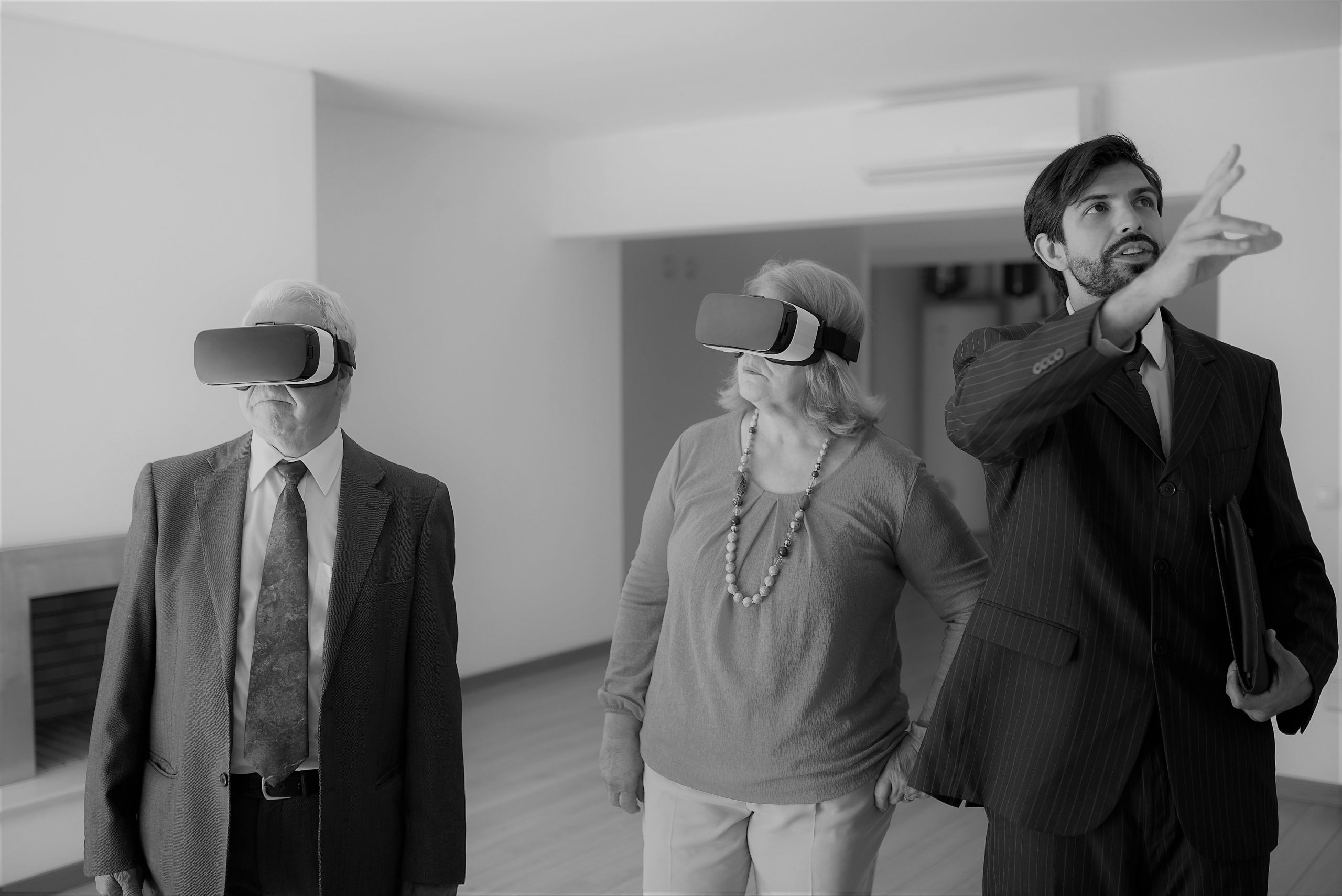In recent months, there have been a lot of negative news coverage about big tech’s, especially Meta’s, massive investments in augmented reality and the metaverse. I believe that this negative coverage is unwarranted. With the mass marketing of augmented reality (AR) wearables, such as glasses, headsets, or smart contact lenses, which are just around the corner, tech will redefine reality and fundamentally alter humans’ experiences in the built environment. The consequences are potentially ground-breaking.
If you need convincing, just remember the madness around Pokemon Go, the 2016 augmented reality mobile game. It was only a foretaste of bigger things to come in terms of AR. As mentioned by Apple’s CEO, Tim Cook, during an event at the University of Oxford in 2017, AR’s impact will be profound as the technology can be used in every business.
Put simply, AR provides digital experiences within natural environments by overlaying digital information on real-world elements. It is an immersive technology. While keeping the real estate world central, it enhances it “with other digital details and a new strata of perception that supplements our reality and environment”1. In that respect, it is fundamentally different from virtual reality (VR) which underpins the metaverse.
Of all sectors of the economy, real estate should pay a close attention to what is happening in the field of AR. There is one simple reason for that: the very commodity the real estate sector has been monetizing for centuries, that is physical space, is in the process of being totally reinvented by immersive technologies. AR and buildings embody of tale of two spaces which will define the real estate industry’s fortunes in decades to come. Here is why.
Owning a commercial property means first and foremost controlling a unique spatial entity. Making sense of this spatial entity is complex for property owners given that many factors can impact its ability to generate revenues. But at least a building’s physical structure is clearly defined by walls encompassing spaces delineated by easy-to-understand characteristics (length, width, and height). As these physical characteristics interact with the building’ multifaceted external environment, cash flows are generated. That’s in a nutshell what is known as the space-time model of real estate.
The transformation of bricks and mortar into money over time characterizes a well- functioning real estate sector. Urban skylines around the globe are a testimony to what it can deliver for society: offices, shopping malls, hotels, hospitals, etc. The real estate sector is the ultimate provider of physical space. People dwell, work, shop, and play in buildings conceived, owned, and operated by real estate professionals. Physical space is the real estate industry’s turf. This is where its expertise stems from, and how it makes money.
Over the last 30 years, a new space has emerged, what is commonly known as the digital space. This is the space of the Internet and GAMAM. Right from the start, the relationship between physical space and digital space was uneasy. For instance, in the late 1990s, analysts wondered whether the emergence of e-commerce with the likes of Amazon.com and the short-lived Pet.com would mean doom and gloom for shopping malls.
Over the following two decades, digital space developed its own very profitable business models dominated by data, lots of them, and giving rise to what Harvard Business School Professor Shoshana Zuboff has labelled as “surveillance capitalism” in her eponymous best-seller2. Surveillance capitalists are basically tech firms which generate huge profits by snooping on their customers.
Until now, digital space and physical space have been predominantly segregated although the widespread use of smartphones has somewhat blurred the frontier between the two spaces. With AR, this frontier will once and for all disappear. Both spaces will merge.
To be more precise, digital space will leverage on physical space to create value for tech companies. What does it mean for the real estate sector? Will buildings be limited to serve as backdrops to AR? Will building owners be able to appropriate some of the value created by immersive technologies?
Additionally, there are a myriad of ethical and legal questions to be urgently addressed, i.e., who should have the right to control what augmented reality building occupants are immersed in, e.g., tech operators or building owners? As a corollary, who should bear responsibility for augmented reality in buildings, should anything go wrong?
By enabling highly personalized modes of experiencing the built environment, AR will change real estate’s value drivers and ways of doing business forever. It is beyond disruption. We are talking about a full-blown revolution. In the process, AR will compel the real estate industry to take a stance on crucial societal issues such as privacy. Business models and codes of corporate governance will have to adapt accordingly. Importantly, does the real estate industry want to join the ranks of “surveillance capitalists”?
To paraphrase the title of a recent blockbuster movie, AR will pave the way to a world of “everything, everywhere all at once” in every building. We are very far from real estate’s classic, and somewhat stale, space-time model. Indeed, AR will profoundly redefine what is meant by space in the built environment.
While Apple, Meta and Google are currently racing to launch AR wearables, the fundamental question that real estate professionals should ask themselves is: Are we ready for AR? The types of relationship that property owners want to establish with tech companies operating digital space within their properties should be on top of the list.
The real estate sector ought to be savvy in partnering with big tech. It owns physical space which is the very commodity immersive technologies cannot function without. Algorithms need building occupants in physical space to churn profits.
As long as human space does not become fully virtual, immersive technologies should not be about digital space phagocytizing physical space, but rather about establishing win-win-win cooperations among property owners, building occupants and technology companies.
1 Source : U.S. government : TechRadar/Emerging Technologies (tech.gsa.gov).
2 Shoshana Zuboff (2020) The Age of Surveillance Capitalism, Publicaffairs Book.







